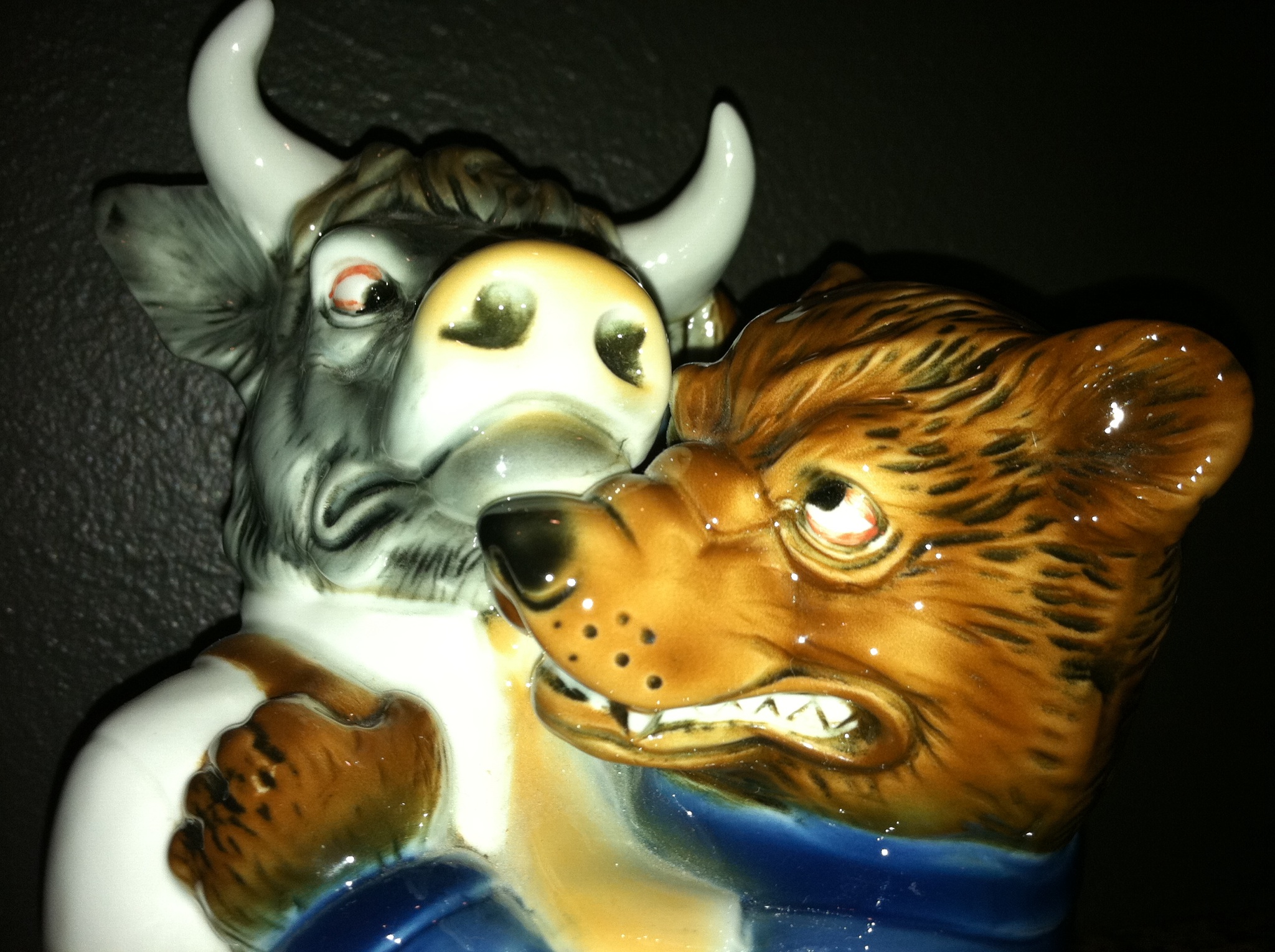Investing
Lessons of the 1987 Stock Market Crash, on Its 26th Anniversary
Published:
Last Updated:
October 19, 1987, does not seem that long ago to many middle-aged and older investors, but that is now amazingly 26 years ago. This was the single largest one-day stock market crash of the last century or more. Even with the last recession being the worst financially for the markets and the public, it is the 1987 crash that still garners the most attention when it comes to one identifiable day of stock market crashes. That day even trumped the immediate aftermath of the terrorist attacks of September 11, 2001.
The 1987 stock market crash was so bad they named it Black Monday as the Dow Jones Industrial Average lost some 22.6% of its value just on that day. One thing that history teaches its students who will listen is that history repeats itself, and it dooms those who refuse to learn the lessons of history. There have been market crashes and bear markets before and there will be market crashes and bear markets in the future. Quite simply, it is just the cycle of things.
The reality is that the 1987 crash was a crash that took place in the midst of a larger selloff that year, but it was very short-lived. The snap back rally was 10%. What the 1987 crash confirmed was an end of a five-year bull market. It also solidified the mantra to “buy the dips” (or the crashes) for a generation because of the money that was made on that snap back rally. Unlike many other crashes, the fallout was extremely limited beyond a few short months.
What makes the 1987 crash unique is that even after twenty-six years of analysis there was not a single smoking gun as the only attributable cause. Index options and derivatives helped, as did program trading, but high valuations of nearly 20-times earnings at the time after big market gains along met other structural market issues. Another reason that was floated after the fact was anti-takeover legislation that had been proposed prior to the crash, but ultimately this was not turned into law.
One huge contribution to the one-day loss of so much wealth in 1987 was complete order illiquidity adding fuel to a large fire. It was widely reported at the time that many investors could simply not reach their brokers over the phone to execute trades to sell nor to buy stocks. Then there was the issue that once brokers received orders they often could not get through to traders on the floor or on emerging electronic trading systems of the time. Modern day investors have to understand that there were no retail electronic trading firms to speak of as they exist today. NYSE floor specialists also had a hard time opening and pricing stocks on the downside due to a limited number of buyers.
The lessons of a one-day crash are many, but valuations and either a lack of intervention or too much intervention have to be lessons learned as well. Another key lesson is that markets must have deep liquidity of able and willing buyers and sellers. Circuit breakers and individual stock halt triggers have now been put in place to act as a curb to prevent one-day crashes from turning into a 1929 situation. Unfortunately, or just a part of life in the markets, all the trading curbs and liquidity issues in the world cannot prevent future bear markets. And future bear markets will come.
Since 1987, the markets have endured many shocks. There was the Asian Contagion of 1997, followed by the tech bubble burst of 2000 after valuations reach nosebleed levels. Then there was the September 11, 2001 terrorist attacks. Then we had the Great Recession where the DJIA peaked at almost 14,200 in October 2007 only to fall to just under 6,500 by early March 2009 for a drop of close to 54% from peak to trough.
And now the DJIA is close to 15,400 and challenging new all-time highs. Meanwhile, the broader S&P 500 Index is at new all-time highs of almost 1,745 as it is not constrained by being a price-weighted index.
24/7 Wall St. would like to leave our readers with a few key considerations that should be reminders never to become too complacent. This is even as the stock market is effectively trading at or near all-time highs.
Had the politicians in Washington D.C. not come together, this article could have been talking about the amazing repeats in history of October stock market crashes. Here are some post-1987 crash levels of existing DJIA components then versus now on a split-adjusted and dividend-adjusted trading basis.
Again, future bear markets and market crashes will come. They always do. Until then, enjoy this raging bull market we have in stocks.
Thank you for reading! Have some feedback for us?
Contact the 24/7 Wall St. editorial team.